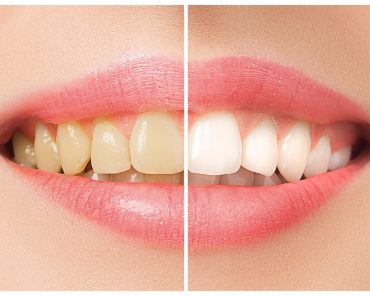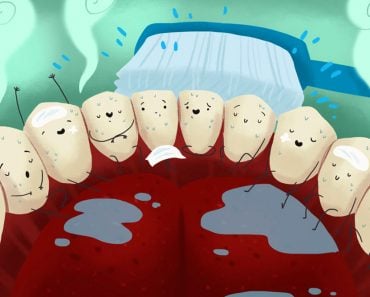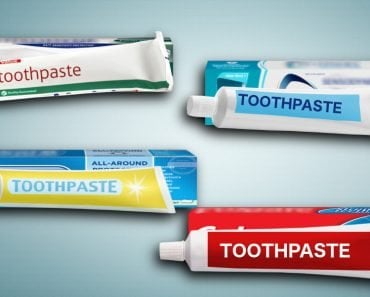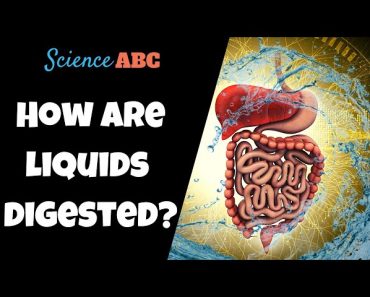Table of Contents (click to expand)
Cavities form in teeth when the enamel that protects the teeth breaks down. This can happen when the teeth are exposed to acids, which can come from sugary foods or drinks, or from bacteria in the mouth. Fluoride can help to prevent cavities by strengthening the enamel and making it more resistant to acids.
There are some ailments that are known to be quite debilitating (like malaria), and there are others that are mostly just annoying (like the common cold), and don’t have a lasting impact on the overall health of an individual. However, there is a third category of ailments that are a combination of both, i.e. they are both excruciatingly painful and unbearably annoying. The list of such dreaded diseases is topped by tooth decay!
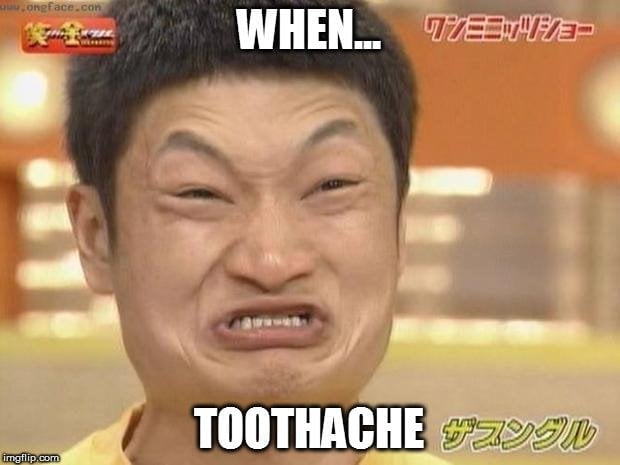
One of the surefire signs of tooth decay is the formation of cavities in a patient’s teeth. In this article, we will discuss how cavities are formed, how they affect dental health, and how they can be prevented.
Let’s start with the basics…
Recommended Video for you:
What Is Tooth Decay?
You might have seen posters at dental clinics or hospitals that depict tooth decay and the various steps involved in this breakdown. Here’s a picture showing the main stages of tooth decay:
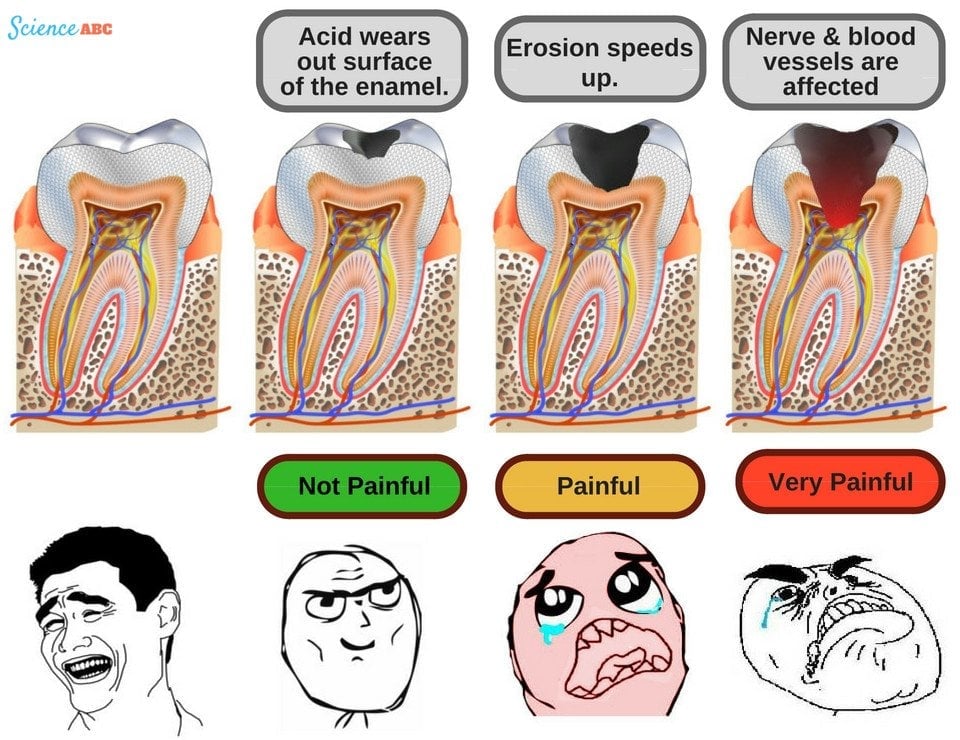
As the name aptly signifies, tooth decay is the gradual deterioration of your dental health. More specifically, tooth decay (biologically referred to as ‘dental caries’) is an umbrella term that characterizes a host of interrelated dental conditions, including the deterioration of dental enamel, the formation of plaque, and ultimately the formation of cavities in your teeth. In the the last step, it’s formally concluded that the individual’s tooth has ‘decayed’ and that it cannot be salvaged unless some external help is extended towards it.
What Causes Cavities In Teeth?
It all starts with food – the stuff you eat and drink on a daily basis.
You probably know this already, but our mouths play host to hundreds of bacteria, even if you take very good care of your teeth. These bacteria reside on the tongue, teeth, gums and other places inside the mouth. However, not all of these bacteria are harmful; some of them are beneficial and even essential for the efficient functioning of our immune system. (Source)
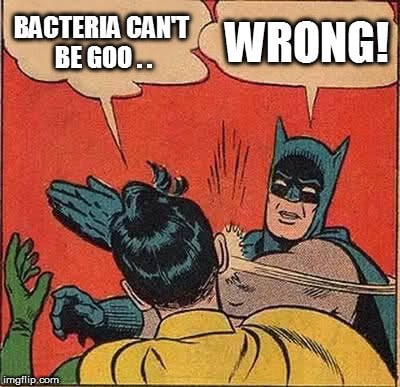
Unfortunately, there are other microbes that are solely responsible for the transmission of disease, making us fall ill and do damage to our teeth.
Whenever we consume anything sweet or sugary (e.g., a bar of chocolate, a stick of gum, a soft drink) or things that contain starch (like bread, milk, cookies etc.), it leads to the explosive growth of bacteria called mutans streptococci. These bacteria like sugar just as much as we do. They build and consolidate their ‘homes’ inside our mouths using sugar as an energy source. As they go about doing their business (which is not in our best interests, by the way), they produce acids (e.g., lactic acid) as byproducts. These are the acids that do all the damage to our teeth from that point on.
Enamel is a white, hard, protective layer (which also happens to be the strongest substance in our bodies) that covers and shields the teeth from damage. However, even enamel can withstand only so much punishment when it comes to acids. The acids produced by bacteria dissolve the minerals present in the enamel (e.g., calcium and phosphate).
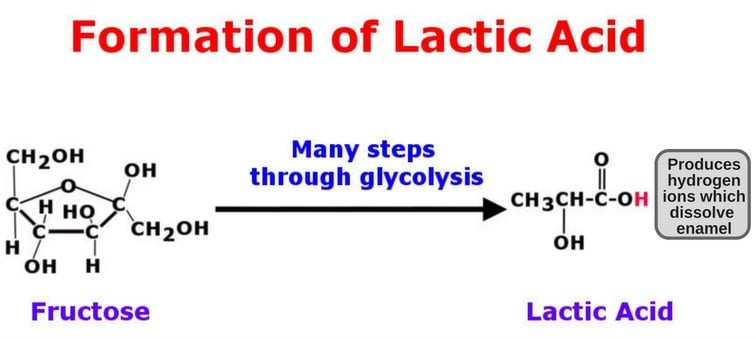
As consumption increases, the enamel becomes become weaker and weaker under the corrosive forces of these acids, until finally giving way, allowing very small holes to form on the teeth, which marks the beginning of the elaborate process of tooth decay.
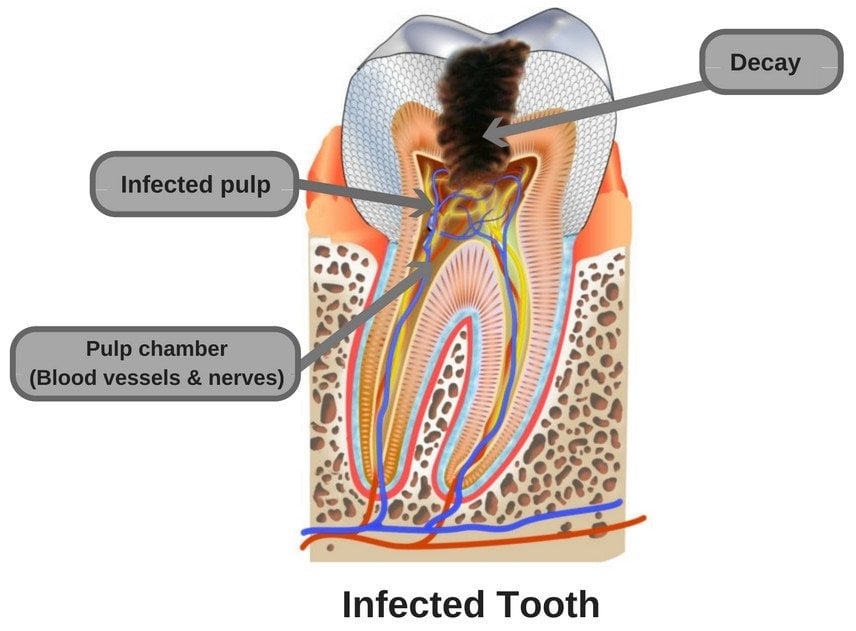
At first, you won’t feet any pain in your teeth, but as the imbalance between sugar consumption and enamel reinforcement continues to grow, the acid reaches your dentin, the secondary layer of the tooth. This is where the pain kicks in and you start to realize that something’s wrong with your teeth. If proper care is not taken at this point, the cavity will eventually reach the blood vessels embedded deep within your teeth, and then the pain becomes excruciating.
This requires medical treatment (which may include the artificial filling of cavities or even the removal of the affected teeth) to get some reprieve from the unbearable pain of these decayed teeth.
Here’s a very interesting Ted-Ed video that visually explains the entire process of cavitation:
How Can Cavities Be Prevented?
Cavities are formed when microbes create chinks in the enamel, the hard protective layer of teeth. Therefore, one way to combat cavity-creation is to reinforce the enamel, i.e., make it strong enough to withstand the perpetual acids that are produced by oral bacteria.
Fluoride
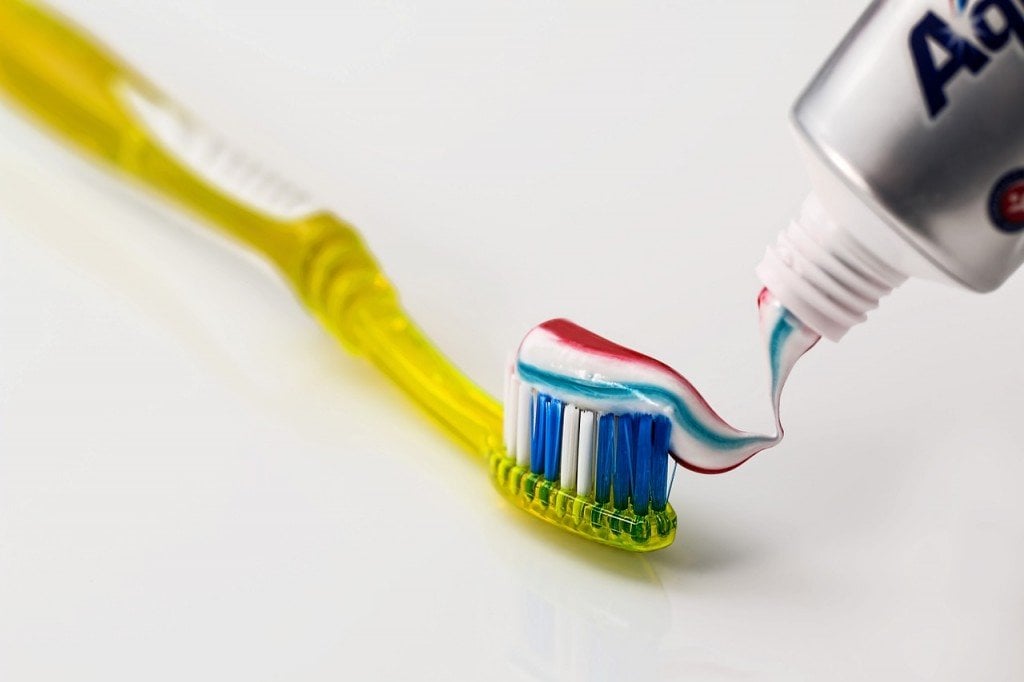
Fluoride is a mineral that can significantly assist in stopping the progression cavities and reinforcing your enamel. It’s also found to be effective in reducing the ability of bacteria to produce acids inside the mouth (Source). Thankfully, most toothpastes on the market today contain fluoride as an ingredient. You can also get fluoridated water from your water supply.
Stay Away From Sweets!
This is probably the best corrective action you can take in this case, or in any case, actually… simply limit your sugar consumption. Since it’s the sugar and starch present in your diet that kickstarts the process of tooth decay, you can more easily prevent cavities by just saying no to sugary foods.
Avoiding sugar is easier said than done, but there exists a very simple exercise that can help you achieve that. First, move your head to the left, and then move it to the right. Here’s a helpful demonstration:
Keep repeating this process whenever you’re offered anything sweet to eat, and you’ll be in great shape! Tooth decay avoided!
References (click to expand)
- Tooth decay - Wikipedia. Wikipedia
- Oral ecology - Wikipedia. Wikipedia
- Sugar and Tooth Decay - Chemistry@Elmhurst. Elmhurst University
- Tooth Decay | National Institute of Dental and Craniofacial .... The National Institute of Dental and Craniofacial Research
- Tooth Decay | National Institute of Dental and Craniofacial .... The National Institute of Dental and Craniofacial Research
- How do we get cavities from candy and why do our teeth turn .... Cornell University


